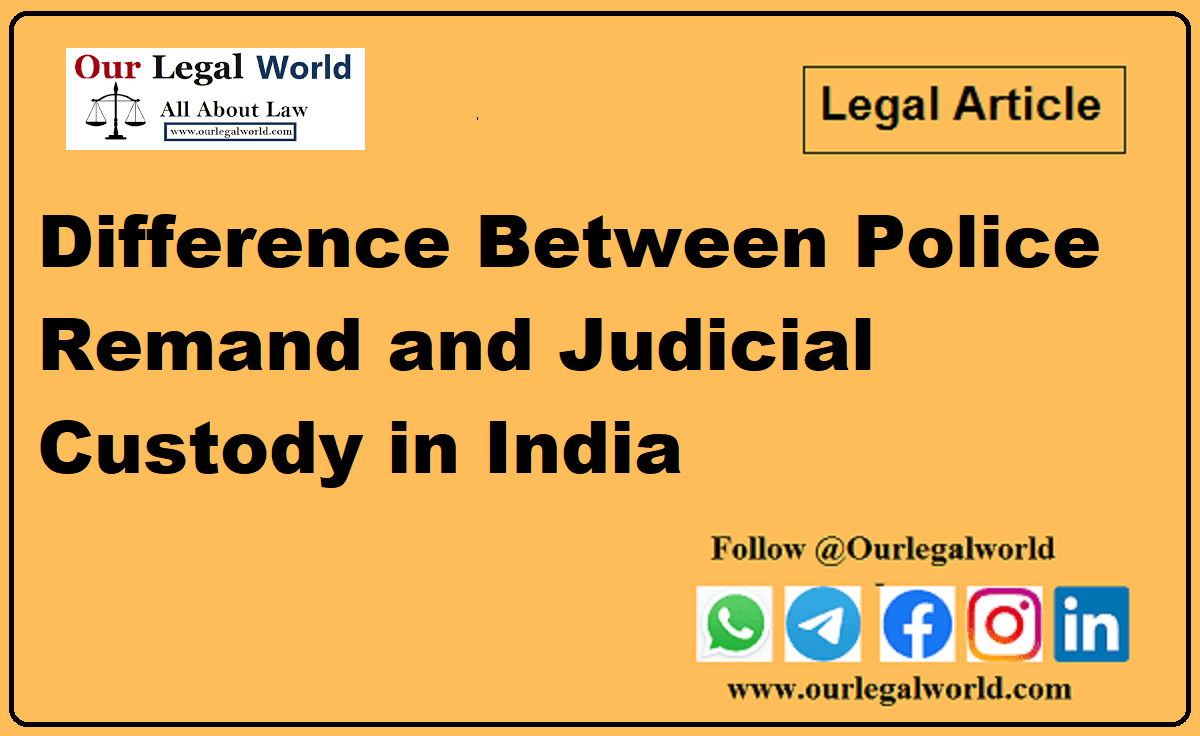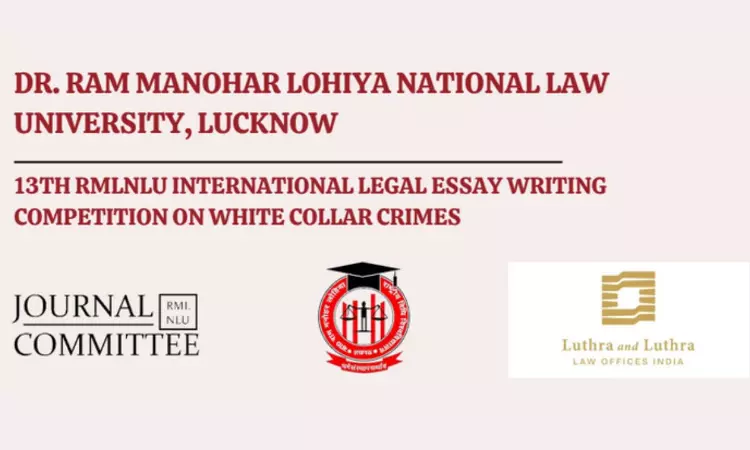REDEFINING OBSCENITY IN DYNAMIC INDIA
Written by Ritika Sharma
Introduction
Obscenity is a vague term that needs to be redefined with the transformations in society. Obscenity is a product of customs, traditions prevailing in the community, the behaviour of an individual, individual’s perception and understanding towards things and societal norms and values. The idea of obscenity is very dynamic and can be only understood by taking into consideration the relationship between the prevailing norms in society and the changing thought process of people. What may be perceived as obscene to one individual may not be thought as obscene by another. Similarly, what may be perceived as obscene by a group of people or a community or even a state or country may not be considered obscene elsewhere. The fact that obscenity is a matter of perception makes it difficult to be exactly defined and all the more creates a hindrance to developing accurate laws and provisions relating to the problems of obscenity. Since obscenity is directly related to the dynamic society, the courts are required to interpret the laws related to it, keeping in mind the dynamic society, the consequences resulting from such interpretations and the welfare of the people.
THE CONCEPT OF OBSCENITY
The definition of obscenity is vague in both language and law. The word obscenity is defined by the Oxford dictionary as, “anything which offending against moral principles and accepted standard of morality and decency.” In other words, if an individual finds anything, which in his eyes is strongly offensive and immoral, that would be perceived by him/her to be obscene. Anything lacking the sense of discipline and principle is said to be immoral and this immorality when reaches the next level is called Obscene. Obscenity is also defined as the incident or activity which is directed to shake the moral and respectability sense of a reasonable prudent man. The obscene content leaves a deep impression on the mind, emotion and psychological framework of an individual. The concept of obscenity can be viewed to be similar to the concept of beauty, which is understood by the way we perceive it. Similarly, obscenity is something, which can be defined by a person by the way he/she perceives it. For instance, in the 20th century, the writings of Sadad Hasan Manto was considered to be obscene by the readers but, currently, it is no more considered to be obscene. The fact that nothing was changed in his writings, which would remove the things which were considered obscene by the readers in the 20th century and now found by readers not to be obscene, implies that there has been a change in the vision of the readers. This illustration clearly shows how obscenity is a matter of perception and a vague term that is subjected to change with changes in culture, values, thoughts and beliefs of the society and the people.
WHY DOES OBSCENITY COME UNDER CRIMINAL LAW?
The fundamental aim and the purpose of the Criminal Law are not only to protect and safeguard the primary personal rights such as the right to life and personal liberty and to ensure the safety of the individual but is also to protect and safeguard public morality, respect and to preserve the moral wellbeing of the State. The resolution passed by the International Convention[1] for the Suppression and Circulation of, and Traffic in, obscene publications at Geneva since 1923 can be seen as an attempt to protect the rights and morals of the society. Obscenity is punishable because when seen from its very nature, it formulates a ground for ‘mens rea’, which is the basic element required to constitute an offence of criminal nature, thereby it is in conflict with the moral aspect of the society.
OBSCENITY LAWS UNDER THE INDIAN PENAL CODE (IPC)
SECTION 292
Clause (1) to Section 292 states the articles that are going to be deemed obscene. The articles include- publication of paper, book, pamphlet, writing, drawing, painting, representation, figures, etc., are to be deemed obscene, if,-
- it’s lascivious (expressing or causing sexual desire); or
- it appeals to the prurient or indecent interest (excessive interest in sexual matters);
- If its effect, or the effect of anybody of the things, tends to deprave and corrupt persons, who are likely to read, see or hear the matter contained in such materials.
Clause (2) to Section 292 holds an individual susceptible to punishment if he-
- Sales lets to rent distributes, publicly exhibits or puts into circulation, etc., or
- Imports or exports or conveys any obscene objects for any of the aim aforesaid;
- Is taking part or receiving profits from the business, in the course of which he has knowledge or has the reason to believe that any such obscene objects were made for any of the aforesaid purposes.
- Is Advertising or making known by any means whatsoever that any person is engaged in such activities, or is ready to be engaged in any of such act which is an offence under the ambit of this section.
- Offers or attempts to try to any act which is an offence under this section.
In the case, Raj Kapoor v. Laxman[2], the Supreme court held that the movie titles or pictures may also be called “obscene”.
SECTION 293
This section punishes the sales, distribution, circulation etc., of obscene objects to young persons below the age of 20 years. The offence is cognizable, bailable, non-compoundable and triable by any Magistrate.
SECTION 294
This section deals with obscene acts and songs. The offence under Section 294 is cognizable, bailable non-compoundable and triable by any Magistrate. In order to constitute an offence under Section 294 following ingredients are to be fulfilled:-
The accused –
- did some act;
- sang, recited or uttered any song or bailed;
Such an act was obscene; the act was performed during a public place, and it caused annoyance to others.
OTHER LEGAL PROVISIONS
SECTION 67 OF THE INFORMATION AND TECHNOLOGY ACT
It provides for penalties for the publishing of obscene content in any form in electronic media. Since Section 81 of the IT Act provides an overriding influence on certain rules, the accused may only be prosecuted under the IT Act and not under the IPC.
INDECENT REPRESENTATION OF WOMEN PROHIBITION ACT, 1986
Sections 2(c), Section 3 & Section 4 of the Act, deals with the enforcement of punishment for publication of contents relating to the obscene portrayal of women.
CABLE TELEVISION NETWORK CONTROL ACT, 1995
The Act forbids the transmission of obscene content on television.
YOUNG PERSONS HARMFUL PUBLICATION ACT
This Act prohibits the publication of obscene content which can corrupt children.
CINEMATOGRAPHS ACT
Sections 4 and Section 5A of the Act provides that films should be reviewed before they are published and forbid the publication of obscene scenes in movies.
STRIKING FEATURES OF OBSCENITY
The following are the features, exclusive to obscenity:
- That which would deprave and corrupt those whose minds can be easily altered by such immoral influence.
- That which can provoke the thoughts of the most impure and libidinous kind.
- That which features a powerful propensity to degrade through arousing lustful impulses.
- That which continues to offer rise to morally impure feelings.
- That which passes through the tolerant boundaries of our collective norms.
TESTS DEVISED TO IDENTIFY OBSCENITY
THE HICKLIN TEST
The test was laid down in the English case of Regina v. Hicklin[3]. In this case, it was argued that a publication may be judged for obscenity on the basis of an isolated part of the work considered outside the context. In other words, a publication can be judged for obscenity by taking the parts of the publication and judging it in isolation. While implementing this test, the work is severed from the entire sense of the work published and then research is done to investigate the obvious effects of the obscene part over the most susceptible audiences, such as weak adults and children.
THE ROTH TEST
In 1957, the U.S. court established a contemporary criterion to determine obscenity in the case of Roth v. United States[4]. Only certain sex-related materials, having the potential of enticing lustful thoughts were to be considered to be indecent, was held in this case. This equivalent could be assessed from the point of view of the ordinary citizen by introducing contemporary cultural norms. This test was an attempt to make the interpretation of obscenity much sharper and narrower than what was devised by the Hicklin test, by not isolating the alleged content but by limiting it to the dominating theme of the entire material and then checking whether or not it has any positive effect on the social value if taken entirely.
Also Read: How to Prepare For CLAT PG Exam 2022-23
JUDICIAL DEVELOPMENTS
RANJIT D. UDESHI V. STATE OF MAHARASHTRA[5]
The Supreme Court of India confirmed the allegations of obscenity filed against the book Lady Chatterley’s Lover and barred its release in India. The judges, however, suggested that the definition of obscenity would shift with the passing of time and which may be obscene at one point of time might not be viewed as obscene at a future date.
AVEEK SARKAR V. STATE OF WEST BENGAL[6]
The court, in this case, concluded that decisions in such cases must be taken in the contemplation of current national standards and not that of sensitive persons or groups.
K.A. ABBAS V. UNION OF INDIA[7]
The Supreme Court upheld the pre-censorship of the materials to be an exception to the right of freedom of speech and expression. The Court acknowledged, however, that the censors need to take into consideration the meaning of art when making their judgments. The creative beauty or appearance of an episode robs them of its vulgarity and hurt, and also of what could even be socially acceptable and valuable and what might not be.
BOBBY ART INTERNATIONAL V. OMPHAL SINGH HOON[8]
In deciding whether or not an item depicted during a film is obscene, it should be viewed within the sense of which that object is being represented and will not be removed from the background. The problem of obscenity within the sense of a movie named the Queen of Bandit, ruled that the scenes portraying the film couldn’t be a scene in isolation.
The Hon’ble Court stated that the so-called offensive scenes within the film must be viewed within the sense of the film as an entire and within the meaning that the film tries to communicate to society.
MAQBOOL FIDA HUSAIN V. RAJ KUMAR PANDEY[9]
Delhi supreme court, while handling the question of whether a nude depicting ‘Bharat Mata’ are often said to be obscene or not. The court observed that nudity or sex alone could not be held to be obscene and responded negatively.
RECOMMENDATIONS
- An attempt should be made to clearly define ‘obscenity’, by making the definition inclusive of all essential requirements and making it responsive to the progressive and developing behaviour of the society and the individual. The vague terms such as ‘harmful to public moral’ and ‘indecent’ should be avoided while defining obscenity, in order to remove ambiguity from the term.
- The restriction posed against obscene materials must be aimed to prevent real harm and not simply to prevent offences of nature like public sensibilities. In this respect, the harm principle must be applied for the purpose of criminalizing such acts and simply not to demoralize the offensive materials.
- A clear-cut distinction should be provided to differentiate between the materials which might actually do harm and the materials which are actually offensive because simply restricting offensive materials does not prevent the circulation of harmful ones.
- A ‘Contemporary Community Standard’ test should be incorporated into the judiciary system. Such a test highlights the standards of the community as a whole and not merely as a part or section of the community and the test being contemporary in nature can vary with time. The test can be implemented dynamically, looking into whether the community or a class as a whole, who gets access to the article or publications would suffer from any moral or psychological harm or which could create impurity in their minds. Further, an effective mechanism must be developed to implement the pronouncement of the decision made in the Aveek Sarkar case, in which the community standard test was adopted by the Judiciary, at the lower levels of the Indian judicial system.
- Section 292 of the Indian Penal code, 1860 dealing with the obscenity law must be amended to include some qualifying prefixes to the word ‘tend to’. The appropriate words would be sufficient, substantially or grossly tend to deprave in place of simply ‘tend to deprave’.
CONCLUSION
In the Indian context, the law relating to obscenity developed through the court interpretation to the term ‘obscene’ in the case of Ranjit D. Udeshi v. State of Maharastra[10], in which the court applied the Hicklin test in the Indian conditions. But, this test, cannot be followed in every case, mainly due to diverse cultural and moral standards in India. Recently, the Supreme Court changed its judicial approach and laid down the ‘Collective Community Test’ as the basis to determine whether or not a publication or material falls within the ambit of obscenity or not. This approach was adopted in the case of Aveek Sarkar v. State of West Bengal[11], which is in line with the Miller test. India, being a complex multicultural, multi-ethnical society, the concept of obscenity has been altered due to variation in community standards and social attitudes of the people.
BIBLIOGRAPHY
- Arvind Narain, Obscenity as Defined in Sec. 292, IPC: Do We Need Such a Concept, 8 Student ADVOC. 43 (1996).
- David A. J. Richards, Free Speech and Obscenity Law: Toward a Moral Theory of the First Amendment, 123 U. PA. L. REV. 45 (1974).
- P.M. Bakshi, Obscenity revisited Vol. 29, No. 1 (January-March 1987), pp. 97-99. URL: https://www.jstor.org/stable/43951059
- Vishnu D. Sharma and F. Wooldridge, The Law Relating to Obscene Publications in India, Vol. 22, No. 4 (Oct., 1973), pp. 632-647
URL: https://www.jstor.org/stable/757659
- Twinkle Kataria, Law of obscenity: An Indian perspective, Journal of Legal Studies and Research, Vol.2 (2015).
- ONLINE RESOURCES:
[1] H.S. Gour, Penal Law of India, 11th Edn, (2000), Vol. III, pp. 2263 to 2299 India signed the Convention on 12th September 1923.
[2] (1980) 2 SCC 175
[3] (1868) L.R.3 Q.B. 360
[4] (1957) 354 U.S. 476
[5] AIR 1965 SC 881
[6] (2014) 4SCC 257
[7] AIR 1971 (SC) 481
[8] AIR 1996 (SC) 1846
[9] Crl. Revision Petition No. 114/2007
[10] AIR 1965 SC 881
[11] (2014) 4SCC 257








